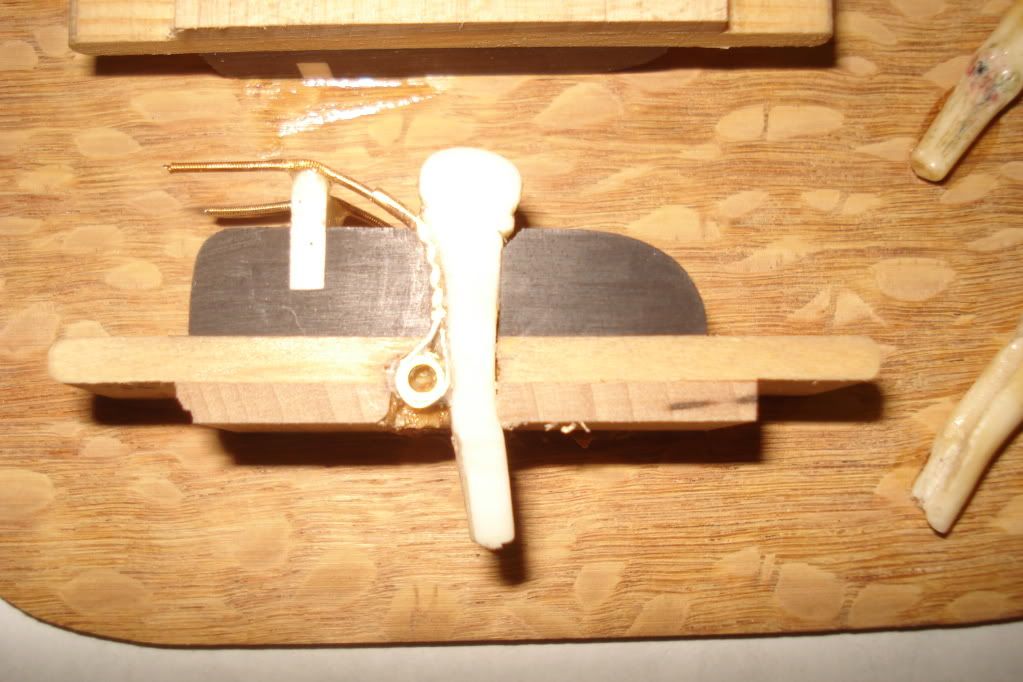
Customer complains that a certain string seems to be difficult to tune to pitch and have it stay there....
Over the years bridge pins have devolved with advancements in technology and materials, and the ever present need for some manufacturers, not all.... to cut costs.
So my friends what's happening in this picture?
PS: Happy Sunday morning to ya too!

